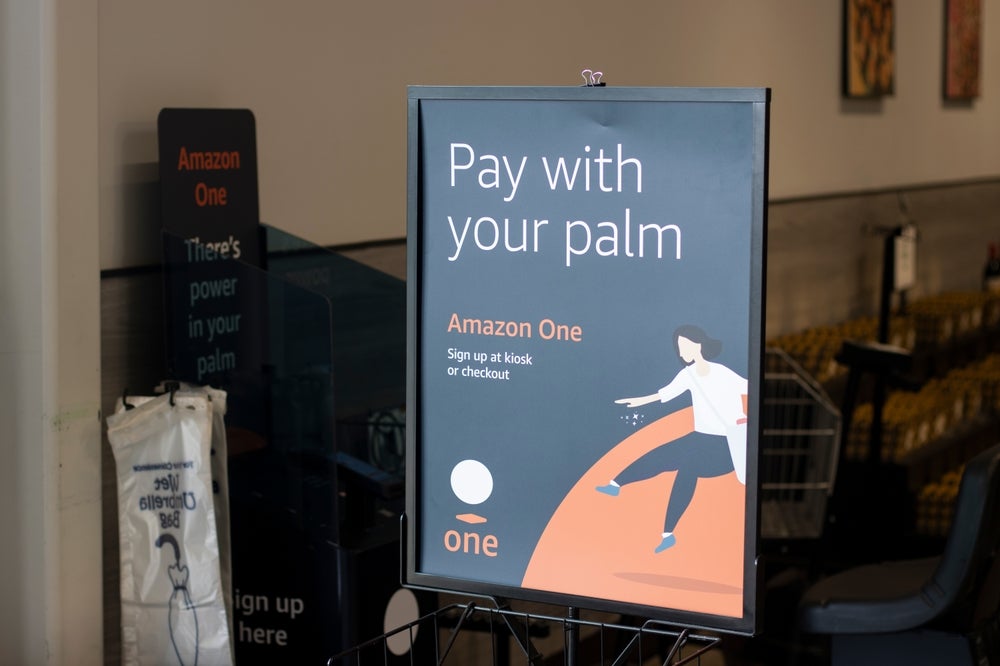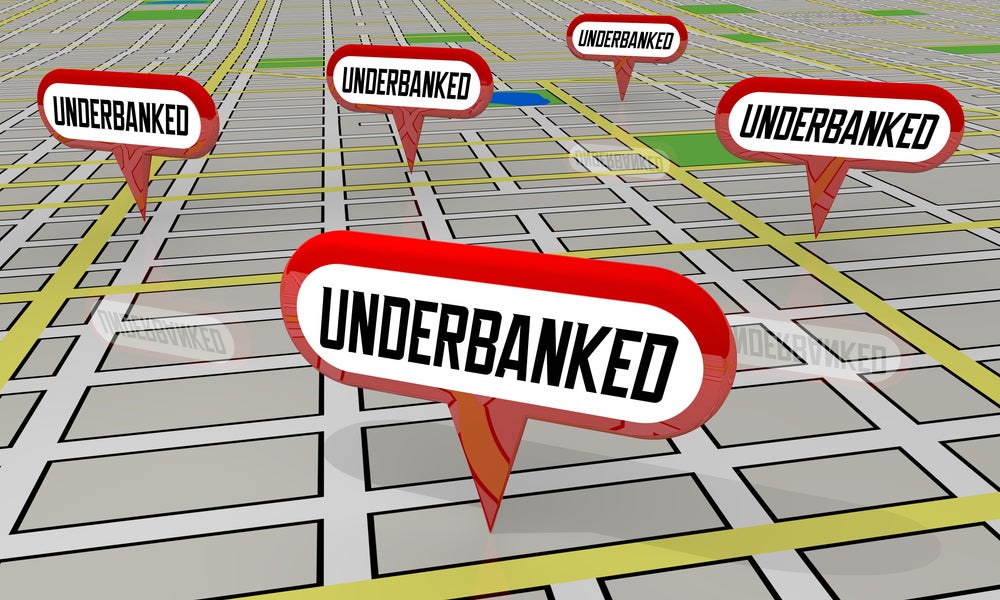As we continue to take steps towards a cashless society, most of the focus is on contactless payments and card use. There is one area, however, that has seen rapid growth over the last ten years and is fast becoming a mainstream form of currency: loyalty programmes. Alexander Atkins writes
Between 2000 and 2010, reward programme involvement nearly doubled to over two billion memberships and the average American family is now signed up to 18 or more programmes.
Although the industry is not new and has been established for several decades now, the way it is being used has transformed, encouraging more people and more companies to participate.
One company that is helping the loyalty industry to grow is Points, a loyalty wallet platform that is integrated into over 70 programmes around the globe.
When a customer signs up with Points, the loyalty wallet gains online banking level access to their various accounts, and can then put points or miles in or take them out, whilst creating new transactional products and innovative ways for members to earn more points.
As with most industries, technology and social media have been two of the most important factors in the growth of the loyalty programme industry, according to Christopher Barnard, president at Points.
How well do you really know your competitors?
Access the most comprehensive Company Profiles on the market, powered by GlobalData. Save hours of research. Gain competitive edge.

Thank you!
Your download email will arrive shortly
Not ready to buy yet? Download a free sample
We are confident about the unique quality of our Company Profiles. However, we want you to make the most beneficial decision for your business, so we offer a free sample that you can download by submitting the below form
By GlobalData“Expansion in technology and new uses in social media mean it’s much easier to join these programmes and become involved in them, and it allows new ways to gain more and more points to engage the customer,” he explains.
However, although it’s probably the most established and well known, it’s not just in air travel that loyalty points (or miles in that case) have become hugely popular.
According to Barnard, the loyalty memberships for the financial services sector have grown rapidly over the last ten years: “In some areas, there are more financial services programmes, whether they are credit or bank related programmes, than in the longer standing, more traditional frequent flyer and hotel programmes.”
Although the programmes have evolved, the attraction to joining them remains mainly the same.
“Customers are getting something for free and rarely is something actually free,” says Barnard. “They are seeing great value in spending dollars at a particular brand and receiving incremental value back. They’re saving up for that aspirational value of whatever the reward is at the end, whether it’s a free airline ticket or a free hotel stay.”
The growth in membership over the last ten years is probably the most telling sign of the continued success of loyalty programmes, and with it comes a growth in the amount of points or miles that are issued, meaning a large rise in the amount of products or services that are being bought with points.
The increase in the spending of points means that more and more often it is being treated as a mainstream form of currency, with people able to buy everything from basic shopping goods to holidays away, with their points.
Not only that, but one can trade, sell or buy points and miles off other people. The industry is generating anywhere between 70 and 80 billion dollars every year.
Alongside this growth is the innovation in the sector. Companies, with the help of Points, are finding more ways for customers to gain, spend and use their points or miles.
One such financial loyalty scheme is Citi Bank’s Rewards Programme which has experienced rapid growth in the last few years. According to Parag Dhingra, head of cards for Europe, Middle East and Africa at Citi, the programme has continued to evolve.
“The result of recent change in the programme is a user interface that delivers rewards in an attractive and personalised manner that motivates customers to redeem their points,” says Dhingra.
Citi’s programme now focuses on four key categories: Travel, including travel booking using points or exchanging reward points for airline and hotel loyalty points; merchandise from around the world, giving their clients access to a global catalogue; cash rewards and vouchers for local and global merchants; and special access privileges across the globe.
Just as Barnard explained that one driver of loyalty programme change is customer demand, so Dhingra says that Citi’s programme is constantly developing to keep up with this demand. Citi changes items and rewards based on customer feedback to continue ensuring that its rewards programme is effective and relevant.
“We track redemption rates and target a high percentage as that’s the proof as to whether clients like our rewards programme or not,” explains Dhingra.
However, the proliferation of programmes means that customers who are members of multiple schemes might find it hard to keep track of changes and points progress. “Many people are members of over 20 different programmes and so it’s hard to have space in their wallet these days,” says Barnard.
With so many programmes in circulation, he advocates that differentiation for companies is crucial. “We believe that the real value now is in offering choice. If you’re part of a specific frequent flyer programme and you save enough miles to get to, for example, Barcelona, then the next step is working out where to stay in Barcelona. So if a programme can give a customer a choice of what to do or what to be able to earn with any one purchase, it makes it much more flexible and attractive for the customer,” Barnard explains.
Dhingra is also adamant that differentiation is vital and says that Citi is constantly innovating ways to distinguish its programme. “We have set up a Centre of Excellence, supporting markets across the globe to deliver a unified and remarkable rewards experience with unique offerings.”
Yet despite the growth, the industry still faces significant challenges, other than customer demand. Regulation in the financial sector provides various hurdles by indirectly affecting the loyalty programmes of some financial institutions.
“A Lower interchange, such as the one which has been instituted in the EU where it is now capped at 30 basis points for credit cards, is one such challenge as it will result in the dilution of some rewards programmes as some will become unviable,” says Dhingra.
However, as memberships continue to grow and companies innovate new ways to differentiate their schemes, it seems likely that loyalty programme spending will play a much more mainstream role in society in the coming years.






